Raspberries are lovely, versatile fruits that can be enjoyed in many different ways. You can eat them fresh, jam them, or bake them into pies. Raspberries are also a good source of vitamins and antioxidants. If you’re thinking about growing raspberries, you’ll be glad to know that they’re relatively easy to care for. Using the information in this article, you may learn how to plant, grow, and harvest raspberries.
What are Raspberries, and where Do They Come From?
Raspberries are a type of fruit that comes from a plant in the genus Rubus. There are many species of raspberry plants, but the two most common types are red (Rubus idaeus) and black (Rubus occidentalis). These are native to Europe, Asia, and North America and have been cultivated for centuries.
Raspberries are a popular fruit because of their sweet taste and nutritional value, and they are an excellent source of vitamins C and K, fiber, and manganese. These are a healthy food option for anyone wanting to lose weight or keep it off because they are low in calories.
It can manufacture wine and other alcoholic beverages and be consumed fresh, frozen, or turned into jam, pies, or other desserts.
These are a fruit that may be used in various ways and are very flexible. Add some raspberries to your diet for a tasty and healthy snack!
What are the Health Benefits of Raspberries?
Raspberries have numerous health advantages, including the capacity to facilitate weight loss, improve vision, lower cholesterol levels, prevent cancer, reduce inflammation, and delay aging.
Weight Loss
Raspberries can help you lose weight because they’re high in fiber and low in calories. Fiber prolongs your feeling of fullness after eating, making you less likely to overeat. And, since raspberries are lower in calories than other fruits, they can help you create a calorie deficit necessary for weight loss.
Vision
Raspberries are also beneficial for your vision. They contain anthocyanins, plant-based pigments that have been shown to protect against age-related macular degeneration (AMD). For elderly persons, AMD is the main source of blindness.
Cholesterol Levels
The fiber in raspberries can also help lower cholesterol levels. Soluble fiber binds with cholesterol and helps remove it from the body, and this can help reduce your risk of heart disease.
Cancer Prevention
Some studies have shown that raspberries may help prevent cancer. The ellagic acid in raspberries can stop the growth of cancer cells and even kill them. Ellagic acid is especially effective against breast, colon, and skin cancers.
Inflammation
Raspberries are also rich in antioxidants, which can help reduce inflammation. Inflammation is a major contributor to many chronic diseases, such as heart disease, arthritis, and Alzheimer’s.
Aging Process
The antioxidants in raspberries can also help delay the aging process, and these nutrients scavenge free radicals that can damage cells and lead to premature aging. Additionally, it has been demonstrated that the ellagic acid in raspberries increases the creation of collagen, which can aid in minimizing wrinkles.
What Are The Nutrition Facts About Raspberries?
Raspberries are a good source of fiber, vitamins C and K, and manganese. Here is a detailed look at the nutrients in raspberries:
- Fiber: Raspberries are a good source of fiber. One cup (123 grams) of raspberries provides 8% of the Reference Daily Intake (RDI). Dietary fiber is important for bowel regularity and digestion.
- Vitamin C: Raspberries are an excellent source of vitamin C. One cup (123 grams) provides 54% of the RDI. Strong antioxidants like vitamin C aid in preventing cell deterioration.
- Vitamin K: These are also a good vitamin K. One cup (123 grams) provides 11% of the RDI. Blood clotting and bone health depend on vitamin K.
- Manganese: Raspberries are a good source of manganese. One cup (123 grams) provides 25% of the RDI. Manganese is a mineral that plays a role in metabolism, bone health, and wound healing.
Now that you know the basics about different types of raspberries let’s move on to how to plant them.
The first thing you need to know is that there are two main types of raspberries:
Summer-bearing and everbearing. Summer-bearing raspberries produce fruit once a year, typically in the summer. On the other hand, Everbearing raspberries produce two crops of fruit per year – one in the summer and one in the fall.
When choosing which type of raspberry to grow, it’s important to consider the climate in your area. You can cultivate either variety of raspberries if your area has a long growing season. It’s advisable to stick with everbearing raspberries if you reside in a region with a limited growing season.
When To Plant Raspberries ?
After the final frost in the spring is the ideal time to plant raspberries. If you are in a region with a long growing season, raspberries can be planted as early as March. It’s better to hold off on planting them until April or May if you reside in a region with a short growing season, though.
Where To Plant Raspberries ?
When choosing a spot to plant your raspberries, choosing an area with full sun is important. It need at least 8 hours of sunlight per day to produce fruit.
It’s also important to choose an area with well-drained soil. Raspberries don’t like wet feet, so ensure your chosen area doesn’t stay soggy after a rainstorm.
How To Plant Raspberries ?
Now that you know when and where to plant raspberries, it’s time to learn how to plant them.
The first step is to dig a hole for each raspberry plant, and the holes should be about 18 inches (46 cm) apart. If you’re planting more than one row of raspberries, the rows should be about 6 feet (1.8 m) apart.
Once you’ve dug the holes, it’s time to plant the raspberry plants. Gently remove the plants from their pots and place them in the holes. Make sure the roots are pointing down, and the crowns (the part of the plant where the leaves meet the stem) are pointing up.
After you’ve planted the raspberry plants, it’s time to water them. Water them deeply so the water penetrates down to the roots.
Now that you know how to plant raspberries let’s move on to how to care for them.
How To Care For Raspberries ?
Caring for raspberries is relatively easy. Here are a few tips:
- Watering: Raspberries need about 1 inch (2.5 cm) of water per week. Water them deeply so the water penetrates down to the roots.
- Fertilizing: Raspberries benefit from being fertilized twice a year – once in the spring and once in the summer. Use a fertilizer high in nitrogen, such as a 10-10-10 fertilizer.
- Pruning: Prune your raspberries in the late winter or early spring. Cut back all of the canes that produced fruit the previous year. These canes will produce fruit again this year, so you don’t want to prune them. Cut back any dead or diseased canes. And finally, cut back any weak or spindly canes.
Now that you know how to plant and care for raspberries, it’s time to learn how to harvest them.
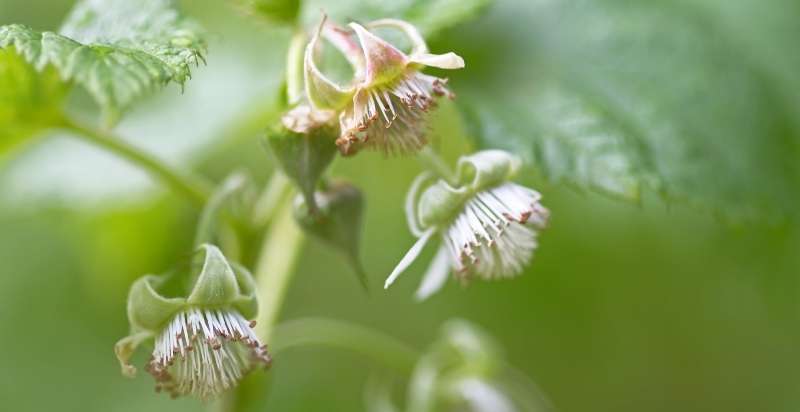
How To Keep Your Raspberry Plant Healthy And Productive From Pests And Diseases?
The most frequent issues with growing raspberry plants are pests and illnesses. To keep your plants healthy and productive, it is important to regularly check them for signs of pests or disease and take appropriate action.
Many different pests and diseases can affect raspberry plants, so it is important to be familiar with the most common ones. The most common pests include aphids, caterpillars, mites, and scale insects. Common diseases include botrytis (grey mold), powdery mildew, and verticillium wilt.
There are numerous strategies to manage diseases and pests in raspberry plants, and chemical controls like insecticides and fungicides are among the most efficient methods. To ensure that the plants are not harmed, it is crucial to carefully read the label and adhere to the instructions.
Another way to control pests and diseases is to remove affected leaves or stems from the plant, which will help prevent the spread of the problem to other parts of the plant.
Finally, good cultural practices such as proper watering, fertilization, and pruning can help to prevent problems with pests and diseases. Following these easy tips, you can keep your raspberry bushes healthy and prolific for many years.
How To Harvest Raspberries ?
Raspberries are ready to harvest when soft and have turned a deep red color. Depending on the variety, raspberries will be ready to harvest anywhere from mid-summer to early fall.
To harvest raspberries, gently twist them off of the stem. Be careful not to damage the plant.
After you’ve harvested the raspberries, you can eat them fresh or use them in recipes. That’s everything you need to know about growing raspberries!
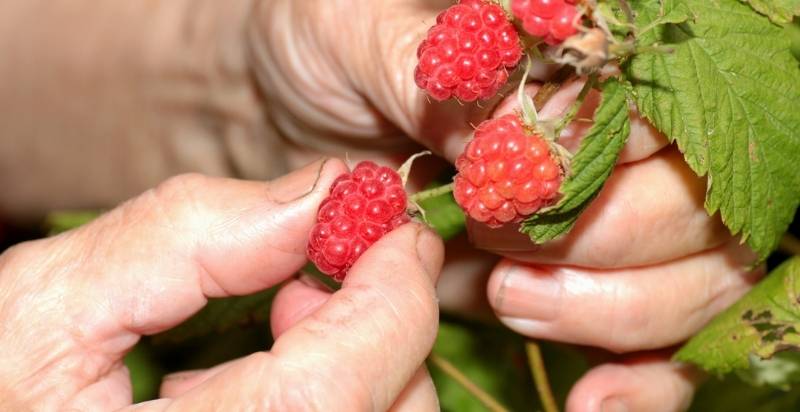
How To Store Freshly grown Raspberries?
Raspberries are delicate fruit, and they don’t last long once they’re picked. If you grow your raspberries or buy them from a farmer’s market, you’ll want to know how to store them so they stay as fresh as possible.
The best way to store raspberries is in the refrigerator, in a single layer on a paper towel-lined plate, or shallow dish. Before placing it in the refrigerator, cover it with plastic wrap or seal it in a plastic bag. This will help keep the berries from getting squished and losing their shape.
If you need to store raspberries for more than a day or two, you can also freeze them. Please spread them out in a single layer on a parchment-lined baking sheet and freeze for about one hour. Once they’re frozen, transfer them to a freezer-safe container or bag. Frozen raspberries will last for several months.
When ready to use them, thaw the raspberries in the refrigerator or at room temperature. Don’t try to speed up the process by running them under hot water, as this can cause them to break down and turn mushy.
Fresh raspberries can last a few days to over a week with proper storage. Enjoy them in pies, desserts, and smoothies, or eat them plain!
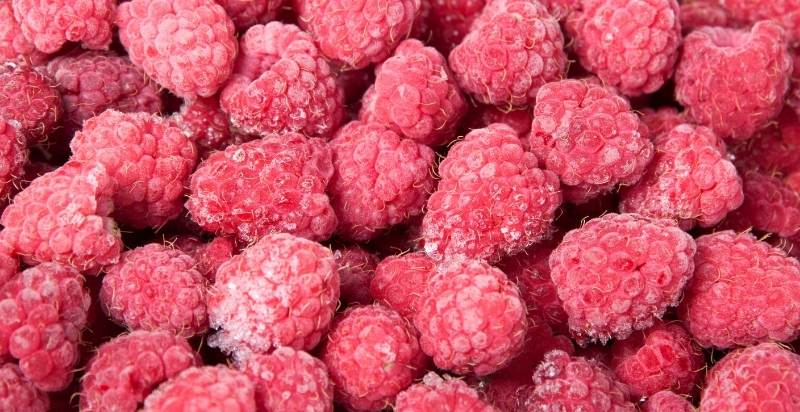
How To Enjoy
Raspberries can be enjoyed fresh, frozen, or canned, and they make a great addition to yogurt, cereal, oatmeal, and smoothies. Or, you can enjoy them on their own as a healthy snack.
If you’re looking for a different way to enjoy raspberries, try making homemade raspberry jam. It’s easy to make and can be used as a spread on toast or used in baking recipes.
Raspberry Recipes
Here are some delicious raspberry recipes to try:
Raspberry Yogurt Bowl
Ingredients:
- 1 cup raspberries
- 1 cup plain yogurt
- 1 tablespoon honey
- 1/2 cup granola
Instructions:
- In a bowl, combine raspberries, yogurt, and honey.
- Top with granola and enjoy.
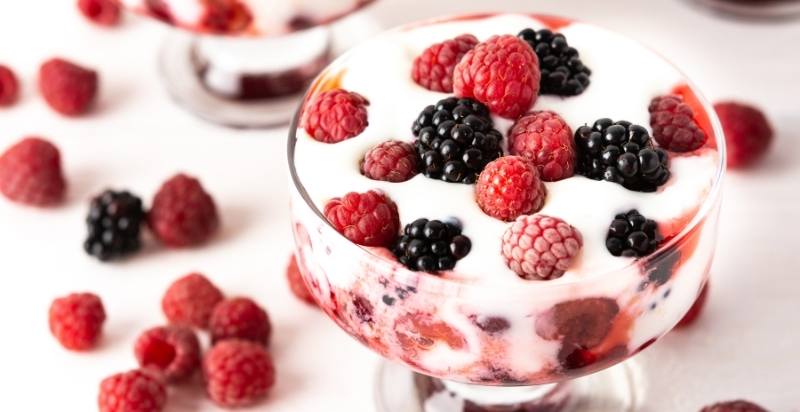
Raspberry Crumble Bars
Ingredients:
- 1/2 cup butter, softened
- 1/2 cup sugar
- 1 egg
- 1 teaspoon vanilla extract
- 1 cup all-purpose flour
- 1/2 teaspoon baking powder
- 1/4 teaspoon salt
- 2 cups raspberries
- 1/2 cup crumble topping (see recipe below)
Raspberry Crumble Topping:
- 1/4 cup all-purpose flour
- 1/4 cup oats
- 1/4 cup brown sugar
- 1/4 teaspoon cinnamon
- 2 tablespoons butter, melted
Instructions:
- Preheat the oven to 350 degrees F (175 degrees C). Grease an 8×8-inch baking dish.
- Cream the butter and sugar until light and fluffy in a large bowl. Beat in egg and vanilla. In another bowl, whisk together flour, baking powder, and salt. Gradually add to the butter mixture, mixing until just blended. Stir in raspberries.
- Pour batter into the prepared dish. Mix all the ingredients for the crumble topping in a small bowl. Sprinkle over the raspberry bars.
- Bake in a preheated oven for 25 minutes or until golden brown.
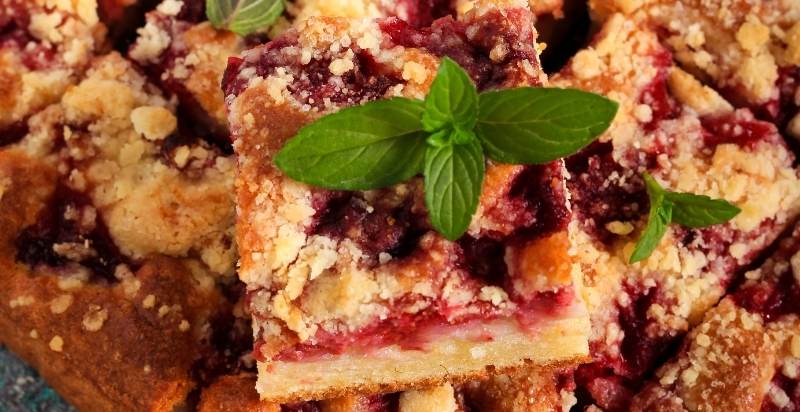
Raspberry Smoothie
Ingredients:
- 1 cup raspberries
- 2 banana, peeled and sliced
- 1 cup yogurt
- 1/2 cup milk
- 1 tablespoon honey
Instructions:
- In a blender, combine all ingredients and blend until smooth. Enjoy immediately.
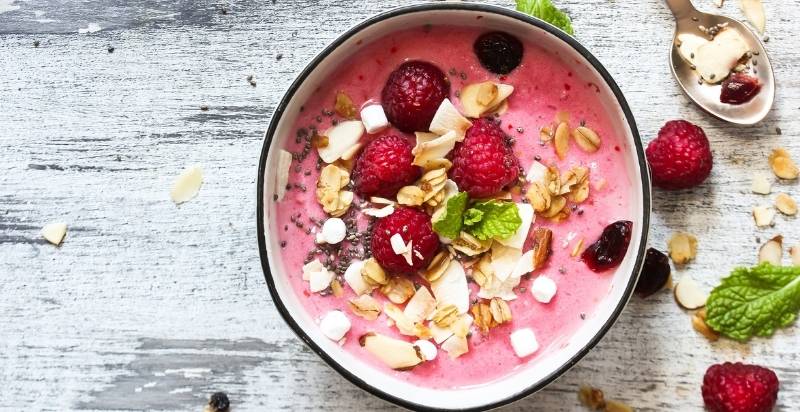
Conclusion
Raspberries are a delicious fruit that can be enjoyed in many different ways. They’re also relatively easy to grow, making them a great plant for beginner and experienced gardeners. Be sure to store them properly, so they stay fresh longer. Enjoy your raspberries!
- Everything You Wanted to Know About Red Tamarillos - June 2, 2025
- A Guide to Tulips: Everything You Need to Know & More… - June 2, 2025
- Guanabana: Description, Flavor, Benefits, And Uses - May 27, 2025

9 thoughts on “How to Plant, Grow, and Harvest Raspberries”
Comments are closed.